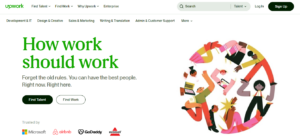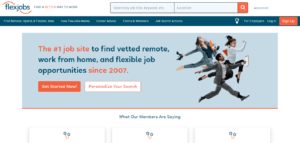Top 5 SuiteDash Alternatives
Are you looking for SuiteDash alternatives? If yes, You are on the very right article.
Let me assume you are aware of SuiteDash, but if not, there is nothing to worry about.
In this article, I will briefly introduce SuiteDash and its features, pricing plans and whatnot. Moreover, I am going to compare the SuiteDash with the Top 5 players in the market having comparable features.
Tools are :
What are you waiting for then?
Let’s move forward with “Top 5 SuiteDash Alternatives And Their Pricing in 2022: The Complete Guide.”
SuiteDash
SuiteDash is an all-in-one platform allowing you to run all your business processes in one tab.
With the help of this software, you can integrate your business with invoicing templates, email campaigns, a customized portal, and project automation.
Also, easily exchange and share information and data from one section to another with a click.
It is a robust cloud-based software that takes care of you at every step of the business, from sending proposals, client onboarding, invoicing or tax calculation.
Features of SuiteDash

- Fully Customizable Onboarding
- Dynamic Data and Secure Portals
- Custom “Book Me” Page and appointment scheduling
- Automated contracts and E-signature Option
- Time Tracking
- Project Automation and Collaboration
- Digital Proposals and Advanced Invoicing
- File Requests & Transfer
- Marketing Automation
Pricing Plans of SuiteDash
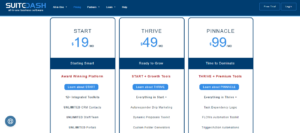
- Start Plan – $19
- 12+ Integrated Toolkits
- Unlimited CRM Contacts
- Unlimited Staff/ Team
- Unlimited Portals
- White labeling
- Custom Branded Mobile App
- Email Marketing Campaigns
- 100 Gb File Storage
- Docs/ Academy/ Community
2. Thrive Plan – $49
- Everything in Start Plan (Plus)
- Auto-responder Drip Marketing
- Dynamic Proposals Toolkit
- Deal Stage Pipelines
- Advanced Custom Menus
- Custom Folder Generators
- 500GB File Storage
- Client-Side Live Chat
- 1 Free Wizarding Session
3. Pinnacle Plan – $99
- Everything in Thrive Plan (Plus)
- Task Dependency Logic
- Automation Toolkit
- Trigger/ Action Automations
- LMS learning management
- Support Ticket Toolkit
- 2TB File Storage
- 1 Bonus Wizarding Session
SuiteDash Dashboard Overview
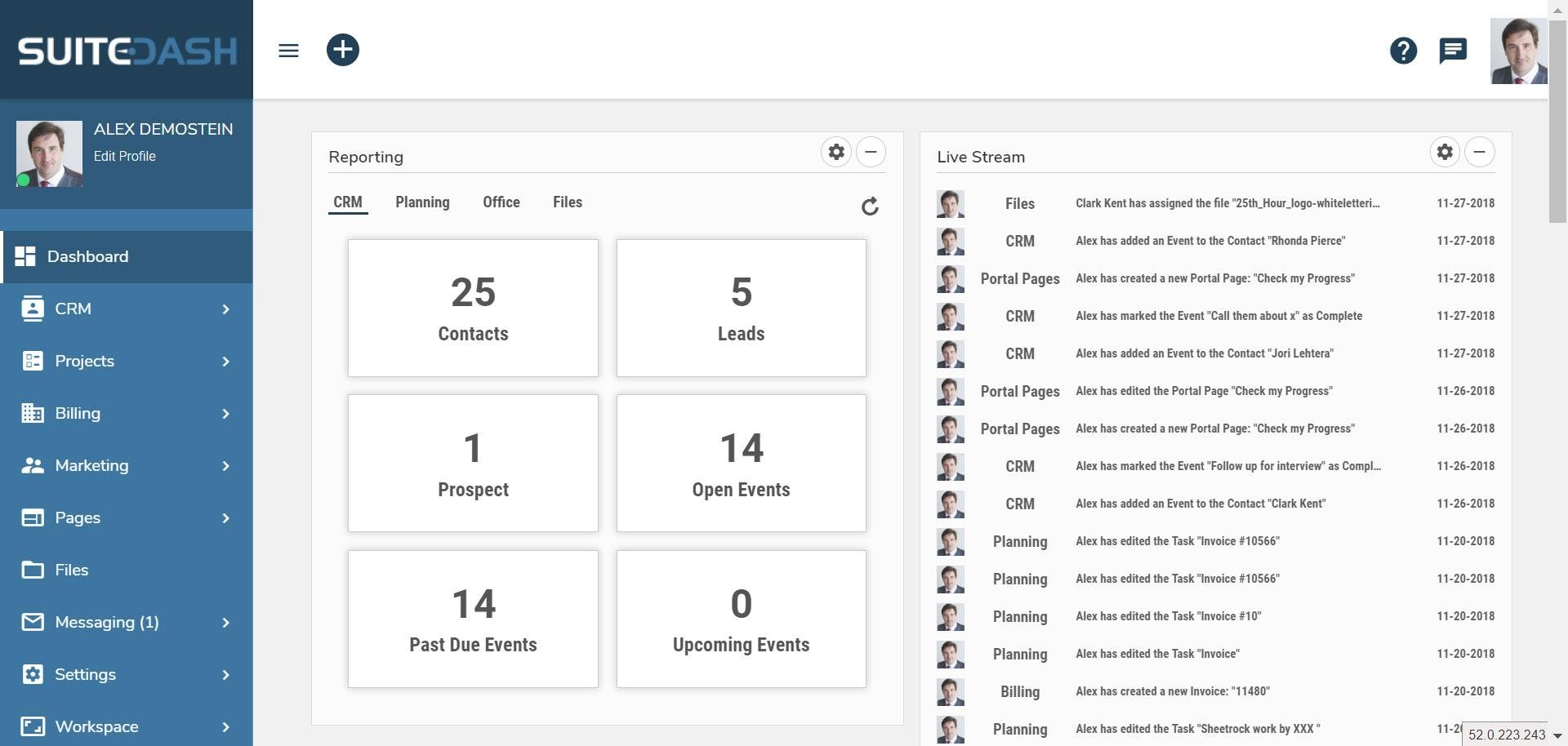
Pros & Cons of SuiteDash
| PROS | CONS |
|---|---|
|
|
HoneyBook
HoneyBook is robust all-in-one software which manages the business workflow from start to end. It includes managing projects, booking and scheduling clients, sending invoices and contracts and getting paid on time.
It is a tool that controls all the client’s projects without creating delays and skipping deadlines.
They are available and user-friendly on mobile phones too. You can install it from the App Store and Google Play.
Features of HoneyBook
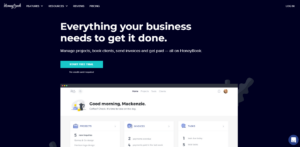
- Custom Proposals and Contracts templates
- Professional Online Invoices
- Accept Online Payments
- Book Meeting & Schedule it automatically
- Invoices
- Automation Mode
- Integration with Calendar apps, video-conferencing apps, Zapier, QuickBooks, Gmail, and more.
HoneyBook Pricing Plans:
You can learn more about the different pricing plans on our HoneyBook pricing page.
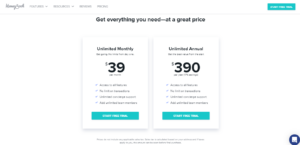
Unlimited Monthly
$39/month
- Proposals
- Online Contracts
- Online Meeting Scheduler
- Online payment software
- Automation
- Free Account Migration
- Client Portal Software
- Payment Reminders
- Mobile App
- No limits on transactions
- Add unlimited team members
- Unlimited concierge support
Unlimited Annual
$390/year
- Access to all Monthly features (Plus)
- No limits on transactions
- Add unlimited team members
- Unlimited concierge support
Honeybook Dashboard Overview
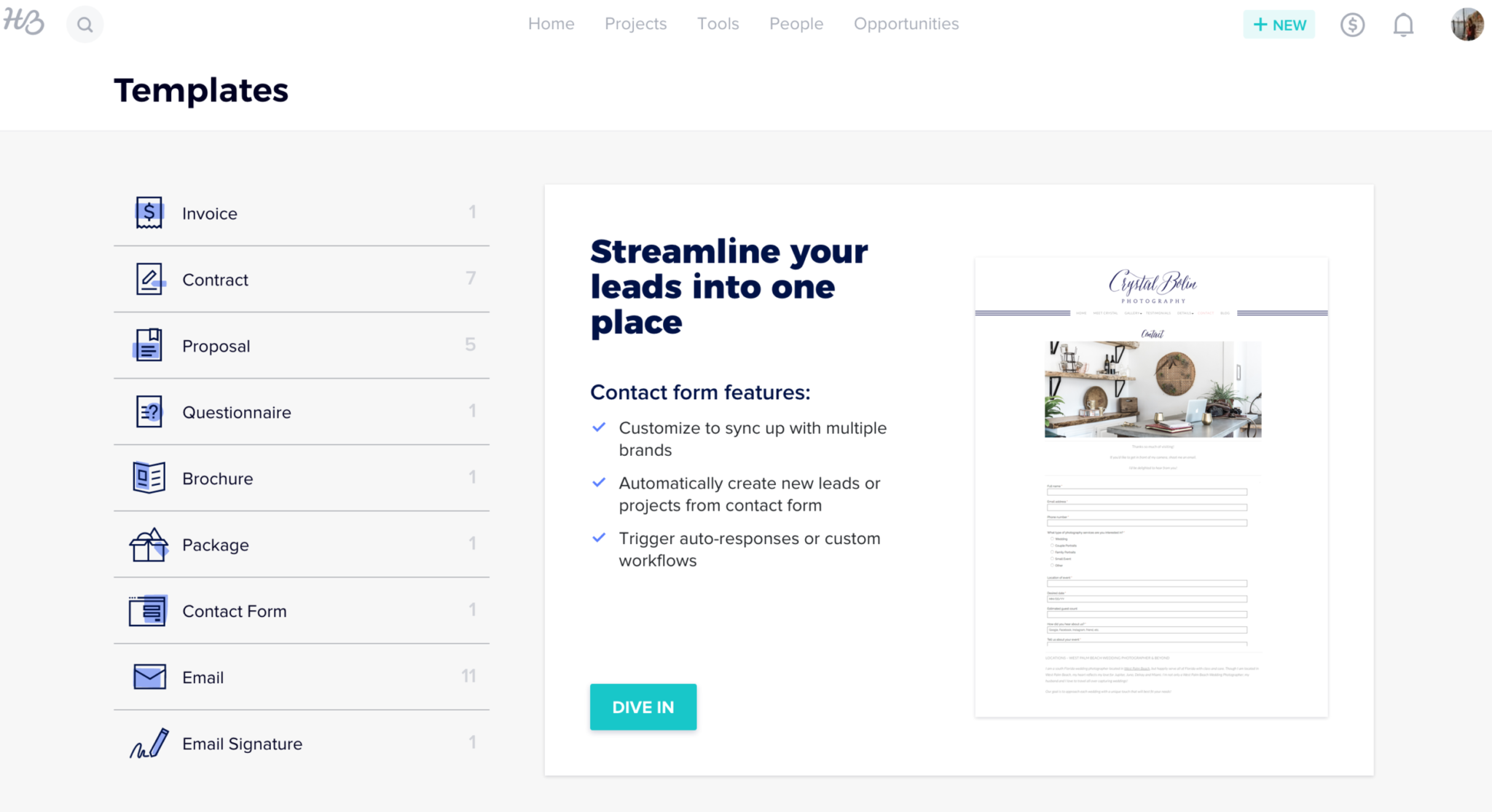
Pros & Cons of Honeybook
| PROS | CONS |
|---|---|
|
|
ManyRequests
ManyRequests is one of the best CRM tools specially designed for Agencies. This tool manages all of your projects, team members, tracking and evaluation of bills, project automation and whatnot.
It allows your client to onboard and sign up quickly. Moreover, accepting payments and tracking conversions will get much smoother and more manageable.
One place for all the things – customizable portals, automated dashboard, client requests and communication. It is a long-term and healthy solution to grow your agency business.
Features of ManyRequests
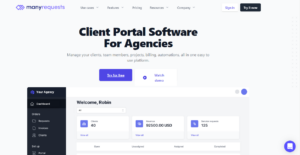
- Easy to use client portal – Onboard and manage clients
- Checkout and intake forms
- Client Requests
- Integration with other tools
- Easy in-app share options
- Automation
- Easy and fast billing
Pricing Plan of ManyRequests
We dove into the ManyRequest pricing plans and broke down all the info in our pricing article. Here is also a list of ManyRequests alternatives.
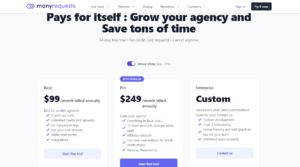
- Basic – $129/month
- 5 team accounts
- Unlimited client and requests
- no transaction fees
- use your domain
- white label portal
- Integration
2. Pro – $299/moth
- Everything in the Basic Plan (Plus)
- 10 team accounts ($20 per extra seat)
- Affiliates Module
- Use your self-address for email notification
- Remove “Powered by”
3. Enterprise – Custom
- Everything in Pro Plan (Plus)
- Custom Development
- One-on-one onboarding
- Group training and best practices tips for your team
- Unlimited team accounts
ManyRequests Dashboard Overview
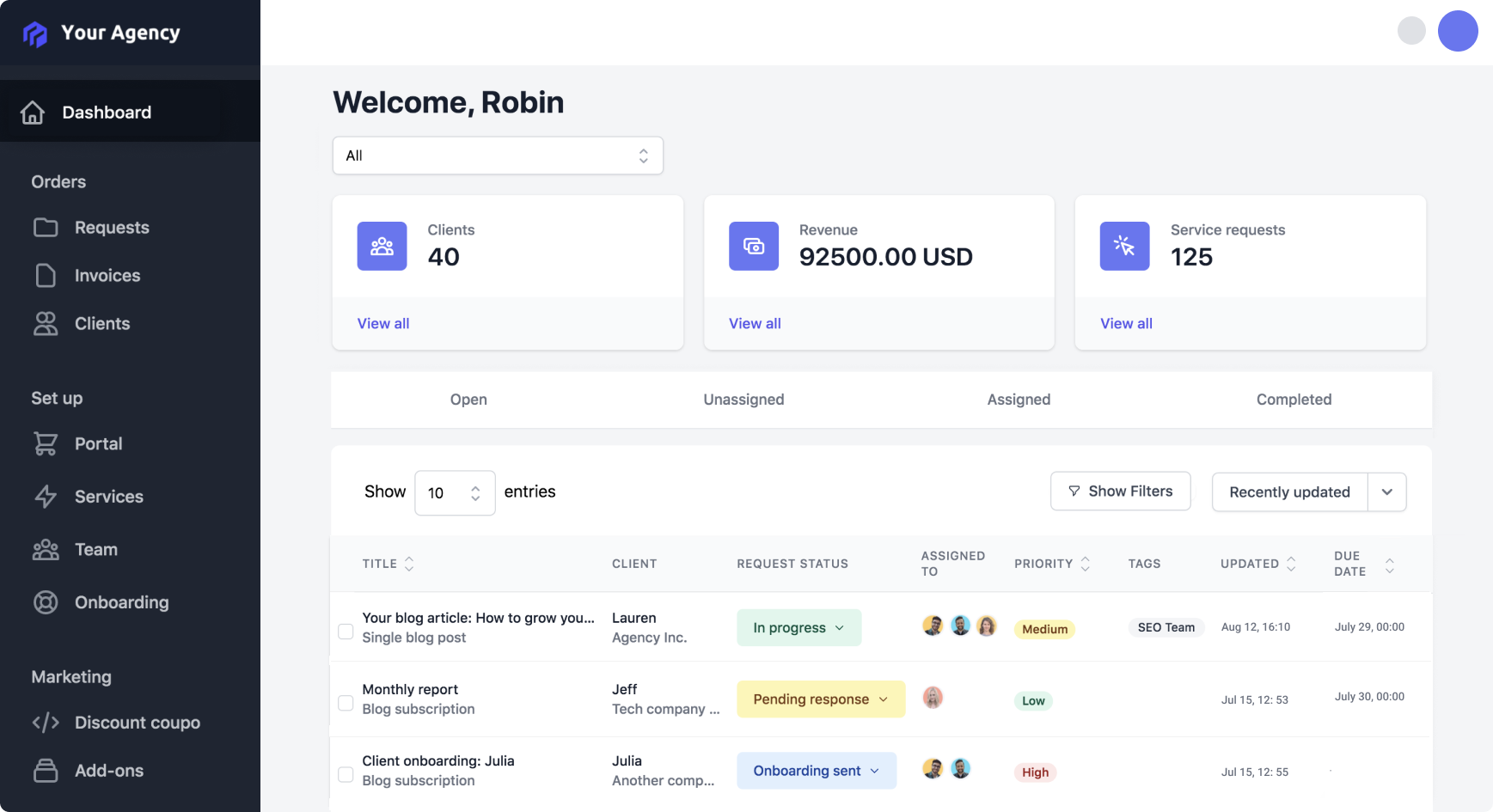
Pros & Cons of ManyRequests
| PROS | CONS |
|---|---|
|
|
Kosmo

Kosmo is one of the most preferred Project Management Tools used by freelancers and creative creators. Small business owners also prefer this because of the easy dashboard interface and ease of use.
It is very affordable compared to other tools. It allows us to automate the entire business, from sending proposals to sending invoices.
It allows you to track time and create an invoice according to the tracked time.
It is designed after taking care of all the industries, including designers, writers, photographers, artists, developers, educators, and so much more.
Features of Kosmo
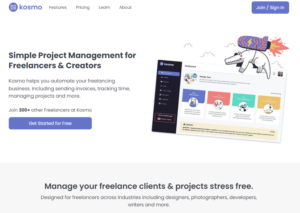
- Create Branded & Custom Invoices
- Track Payments
- Accept Online Payments Via Credit card, PayPal and ACH Transfer
- Time and Task Tracking
- Create Custom Proposals
- Professional Contracts Template
- Track Projects and Clients
- Saved Email Messages
- Priority Support
Pricing Plan of Kosmo :
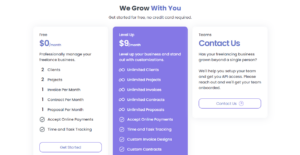
- Free Plan
- 2 Clients
- 2 Projects
- 1 Invoice per month
- One contract per month
- Accept Online Payments
- Time and Task Tracking
2. Unlimited Plan – $15/Month
- Unlimited Clients
- Unlimited Projects
- Unlimited Invoices
- Unlimited Contracts
- Unlimited Proposals
- Accept Online Payments
- Time and Task Tracking
- Custom Invoice Design
- Custom Contracts
- Saved Email Messages
- Priority Support
3. Team Plan
- Contact them for pricing
- Help you set a team
- Provide APIs access
- Much More
Kosmo Dashboard Overview
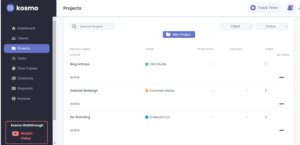
Pros & Cons of Kosmo
| PROS | CONS |
|---|---|
|
|
HelloBonsai
HelloBonsai is also a top-notch client management software which allows you to convert all your pen and paperwork into autopilot mode. It streamlines all the business processes, from proposals and onboarding to invoices and tax sessions.
With this software, chances of converting deals get higher because it allows you to structure mind-blowing invoices, proposals and contracts in clicks.
With the help of this tool, you can roam around tension free as you need not worry about finances and conversions. This app will do all for you. That includes automatic expense tracking, income reporting, and tax planning. You can find a comparison with Dubsado on our Bonsai vs Dubsado page.
Features of HelloBonsai
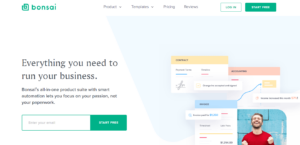
- Proposals Templates
- Structured Vetted contracts and Agreements templates
- E-signatures
- Manage and organize client data & information
- Task and Time Tracking
- Create and customize invoices
- Manage accounting and taxes easily
- Create customized forms and questionnaire
HelloBonsai Pricing Plans:
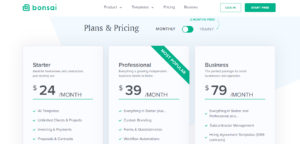
The following are the different pricing plans offered by Hello Bonsai. Those plans may change over time, so make sure to check before signing up.
Starter
$24/mo (Best for individual freelancers and starting contractors.)
- All Templates
- Unlimited Projects & Clients
- Payments & Invoicing
- Contracts & Proposals
- Task & Time Tracking
- Client CRM
- Expense Tracking
- Up to 5 Project Collaborators
Professional
$39/mo (Best for the small business that is growing to kick off a start)
- Everything in starter (Plus)
- Custom Branding
- Forms & Questionnaires
- Workflow Automation
- Client Portal
- Calendly Integration
- Zapier Integration
- Up to 15 Project Collaborators
Business
$79/mo (The super-duper all-over package for small business owners and independent agencies.)
- Everything in Starter and Professional (Plus)
- Subcontractor Management
- Hiring Agreement Template ( 1099 contracts)
- Subcontractor Onboarding
- Talent Pool
- 3 Team seats ( Extra seats $9/month)
- Accountant Access
- Connect Bank Accounts
- Unlimited Subcontractors
- Unlimited Project Collaborators
Add-Ons Pricing :
- Collaborator (Limited Access) – Free
- Partners (Full Account Access) – $9/month
- HelloBonsai Tax – $10/month
Are you still unsure, checkout these Bonsai alternatives.
HelloBonsai Dashboard Overview
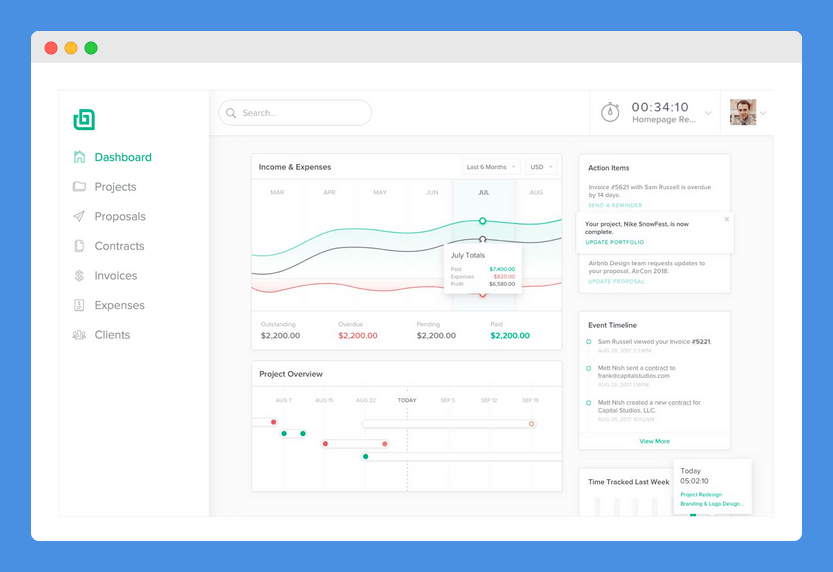
Pros & Cons of HelloBonsai
| PROS | CONS |
|---|---|
|
|
Dubsado
Dubsado is a business management software that is helpful for industry freelancers, and business owners, including coaches, photographers, legal professionals, virtual assistants, event planners, legal professionals, and you name it.
You can customize your brand in the questionnaire forms, invoices, and proposals to make clients feel you own this portal. This leaves an excellent impression of the business on the client.
This tool doesn’t need to run after the client to get payments. Still, the application will automatically remind the client of payments, dues, and late payments. It keeps track of every dollar you receive and spend.
Features of Dubsado
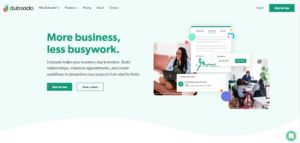
- Customizable and reusable forms and proposals
- Professional Invoicing and Reporting
- Automate workflow, payments reminder and emails
- Project and client management
- Easy and faster schduleing
- Brand Yourself
- E-signature
- Client Custom portal
Pricing Plans of Dubsado:
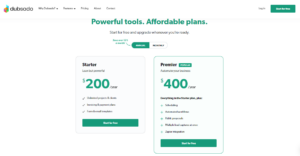
- Starter – $20/month
- Unlimited projects & clients
- Invoicing & Payment Plan
- Forms & email templates
2. Premier – $40/month
- Everything in Starter Plan (Plus)
- Scheduling
- Automated workflows
- Public Proposals
- Multiple lead capture at once
- Zapier Integration
Dubsado Dashboard Overview
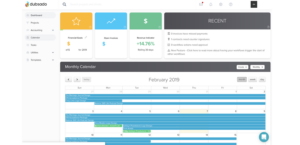
Pros & Cons of Dubsado
| PROS | CONS |
|---|---|
|
|
Conclusion
All the 5 software mentioned above are good to go. All software is top-demanding and the best players in the market. All have similar features but somehow differentiate based on customization, pricing, mobile application or client dashboard interface.
If one platform suits one particular business, it doesn’t necessarily mean it’s a good fit for you too. So, you should be very clear about your requirements and demands.
Some of you reading this are fully set up business owners with large teams, so their priority must be advanced features and a fully functional setup to automate their high-end business.
But on the other side, some might be freelancers or small business owners, and their priority must be a reasonable CRM tool for their pockets. Because they don’t have client flow to bear significant monthly expenses.
So, choosing the right software is where you need to brainstorm.
WANT HELP IN CHOOSING…?
Sure!
From the Top 5 tools, If you are looking for clean, all-rounder software that caters to all your needs and automates the process, and you feel not spending much on software because you are not sure but want to try it, then choose KOSMO.
It has a free starter plan that provides two clients and two projects that I feel are the best for startups and freelancers. You can use their free plan.
Click here to take a close look at Kosmo.
Good Luck!
Get Organized & Win More Clients
Kosmo has everything you need to run your freelancing business.



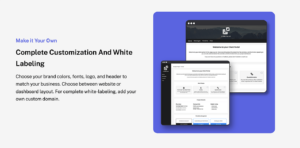
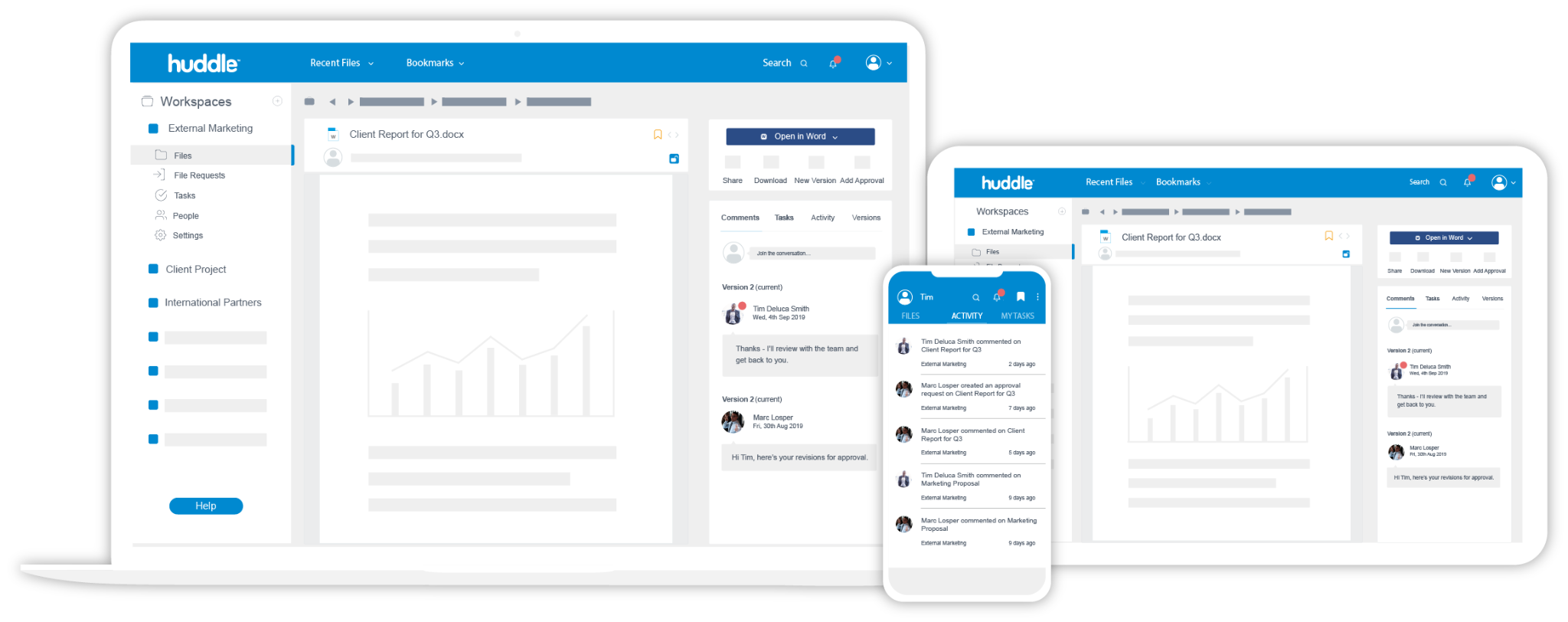
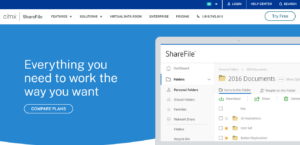
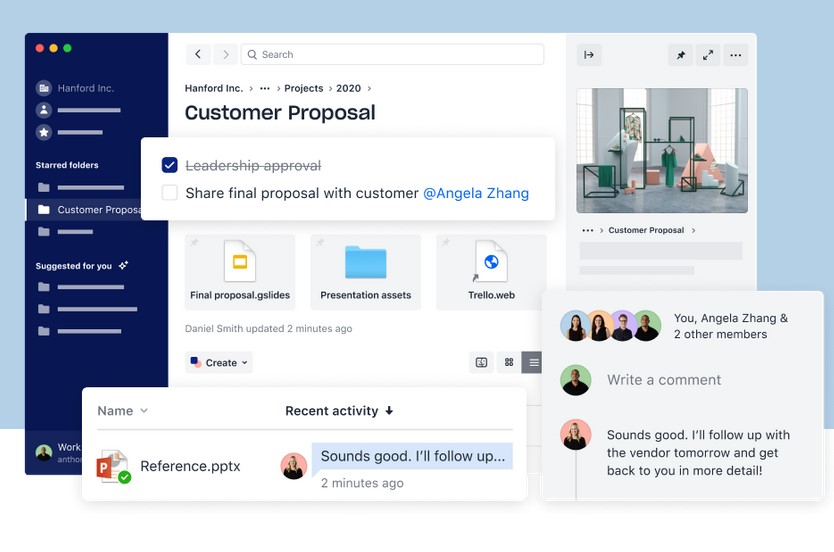
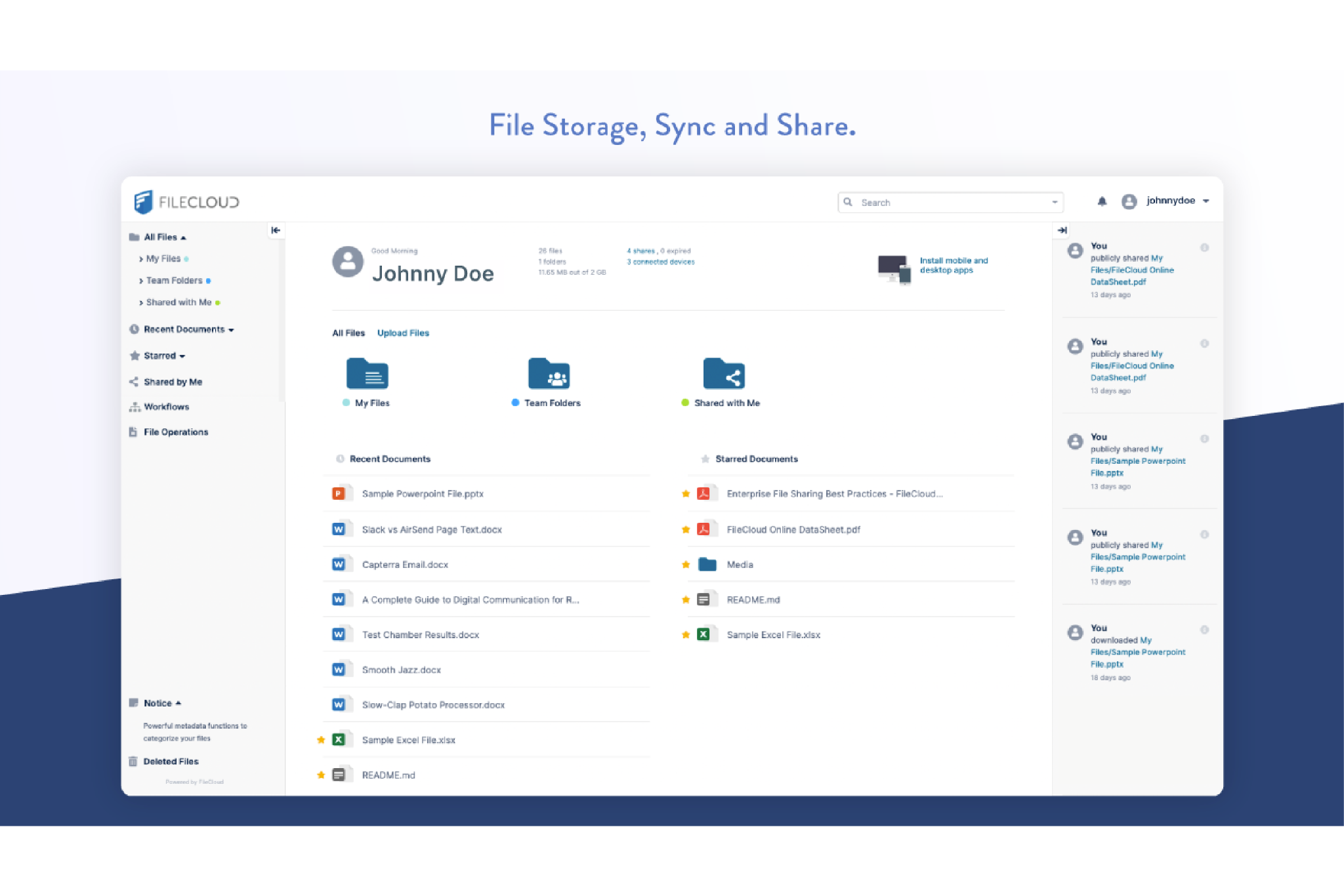
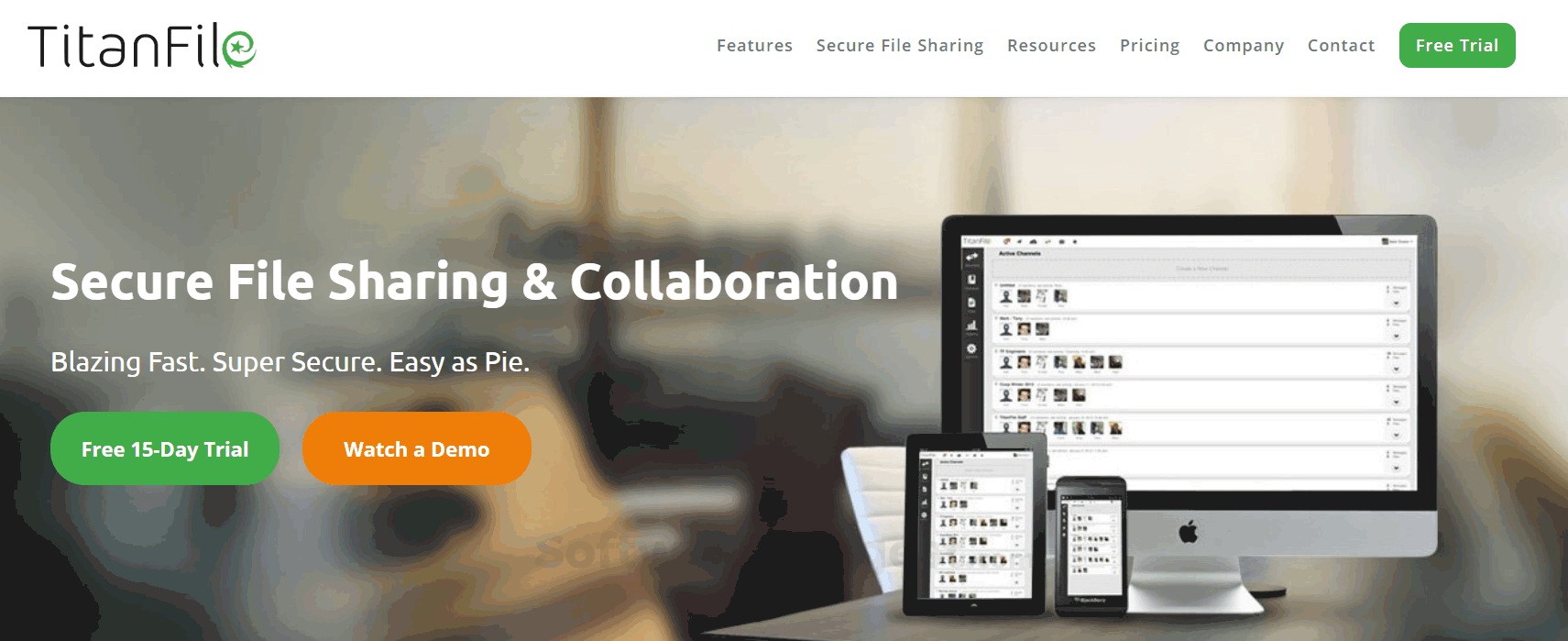
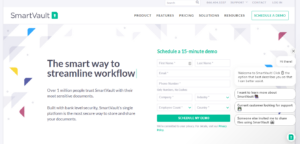
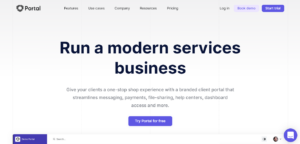
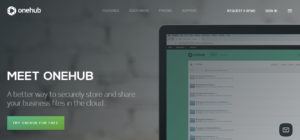
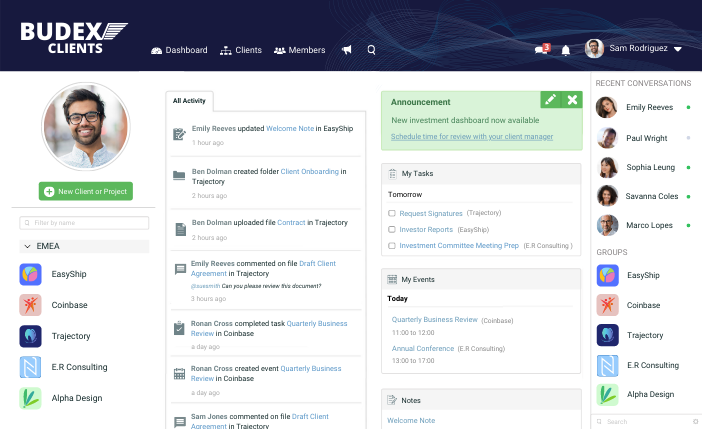
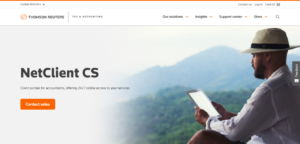





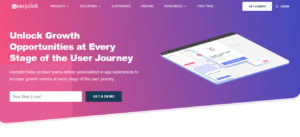
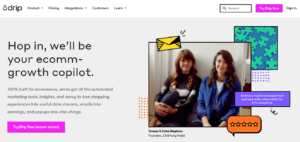
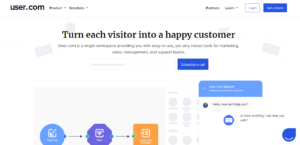
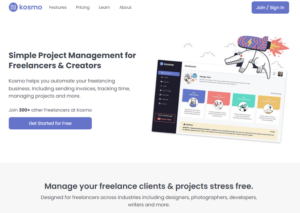


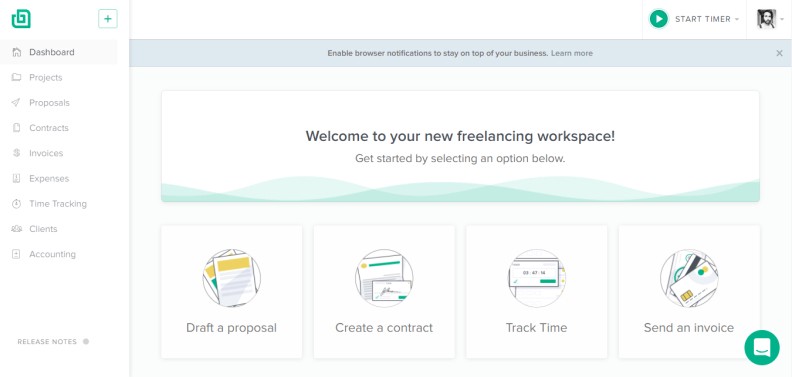







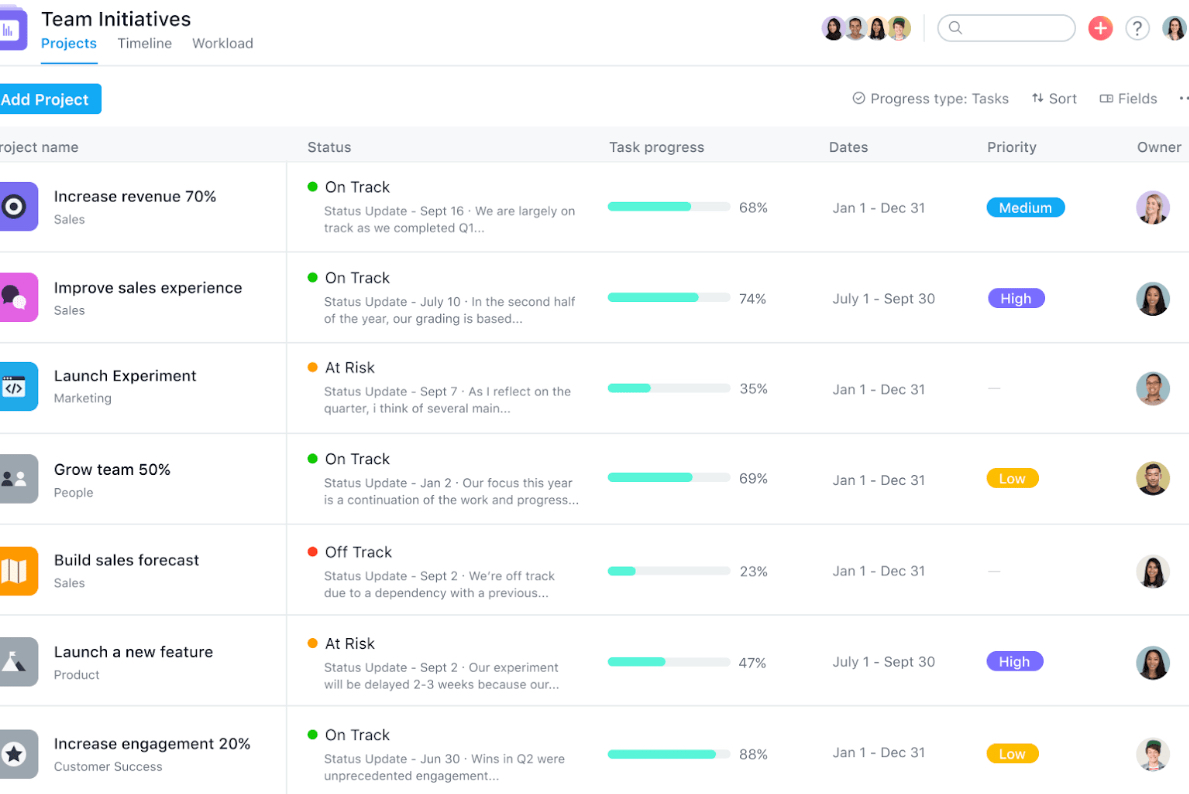
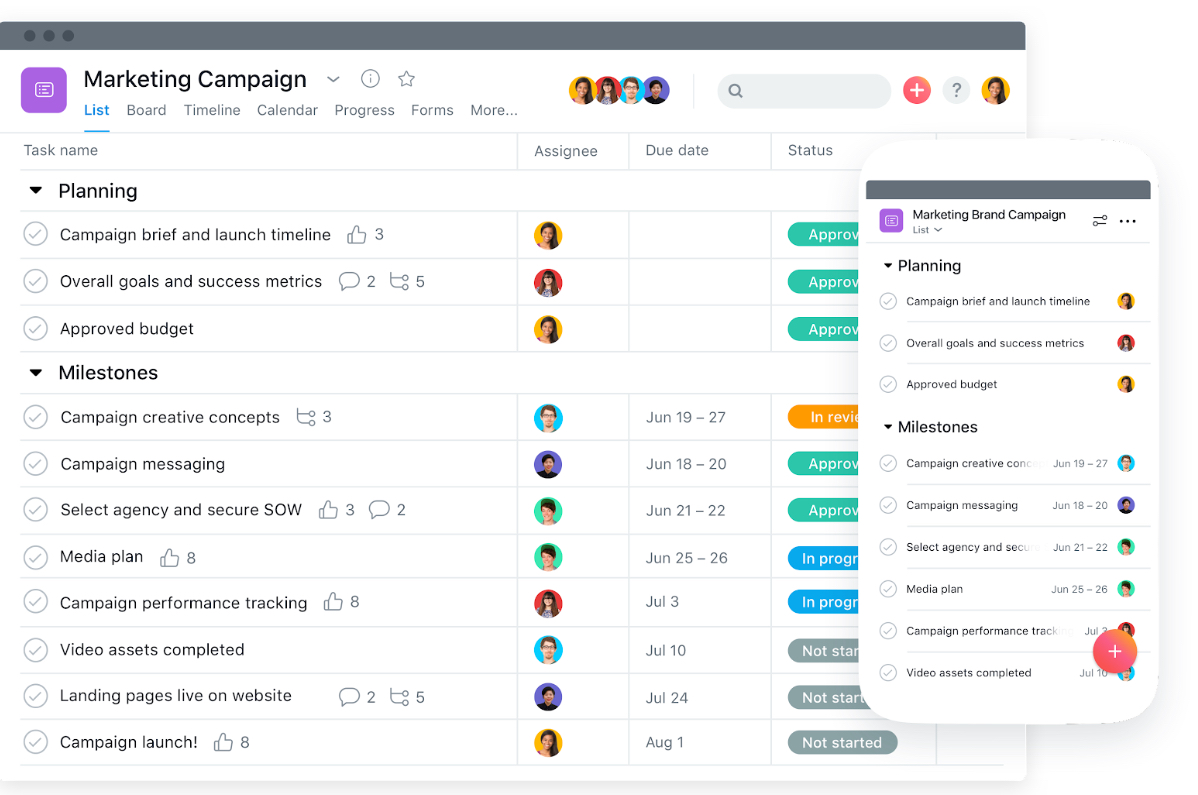
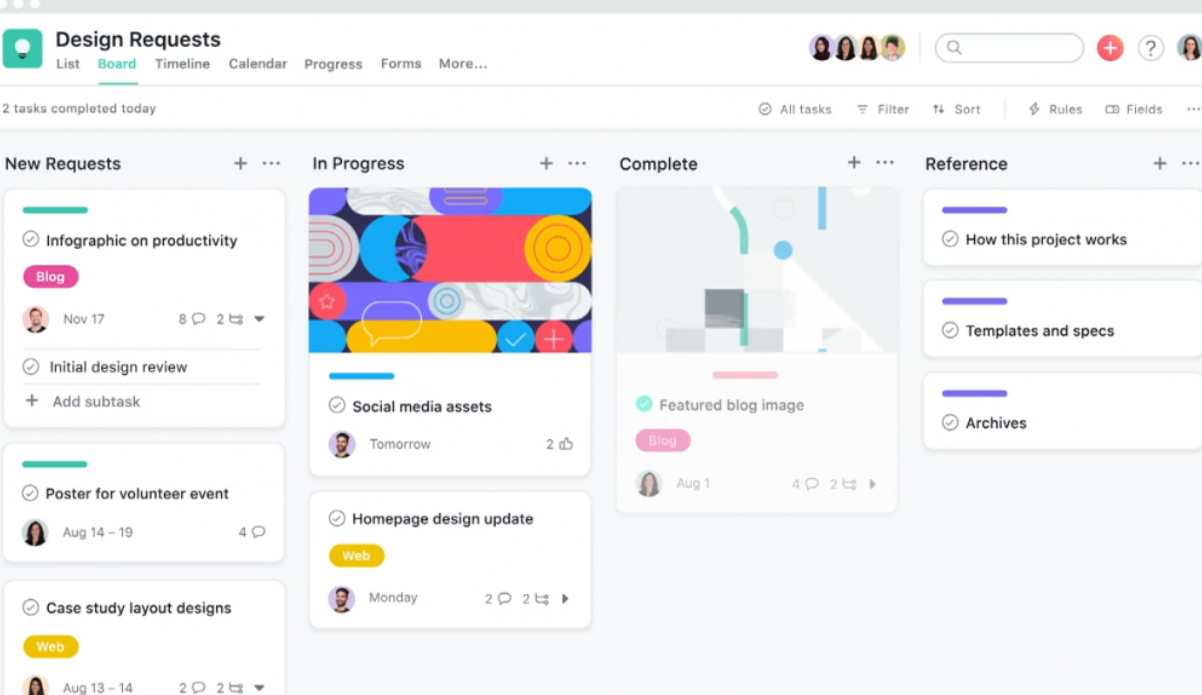


 Document management system
Document management system  Now that you know what features to look into your independent contractor software. So, the next step is to find the best contractor software to manage your different contracts.
Now that you know what features to look into your independent contractor software. So, the next step is to find the best contractor software to manage your different contracts.



 Client reporting is the best way to build agency and client relationships. You can better communicate and market your services to potential clients with reports.
Client reporting is the best way to build agency and client relationships. You can better communicate and market your services to potential clients with reports.



